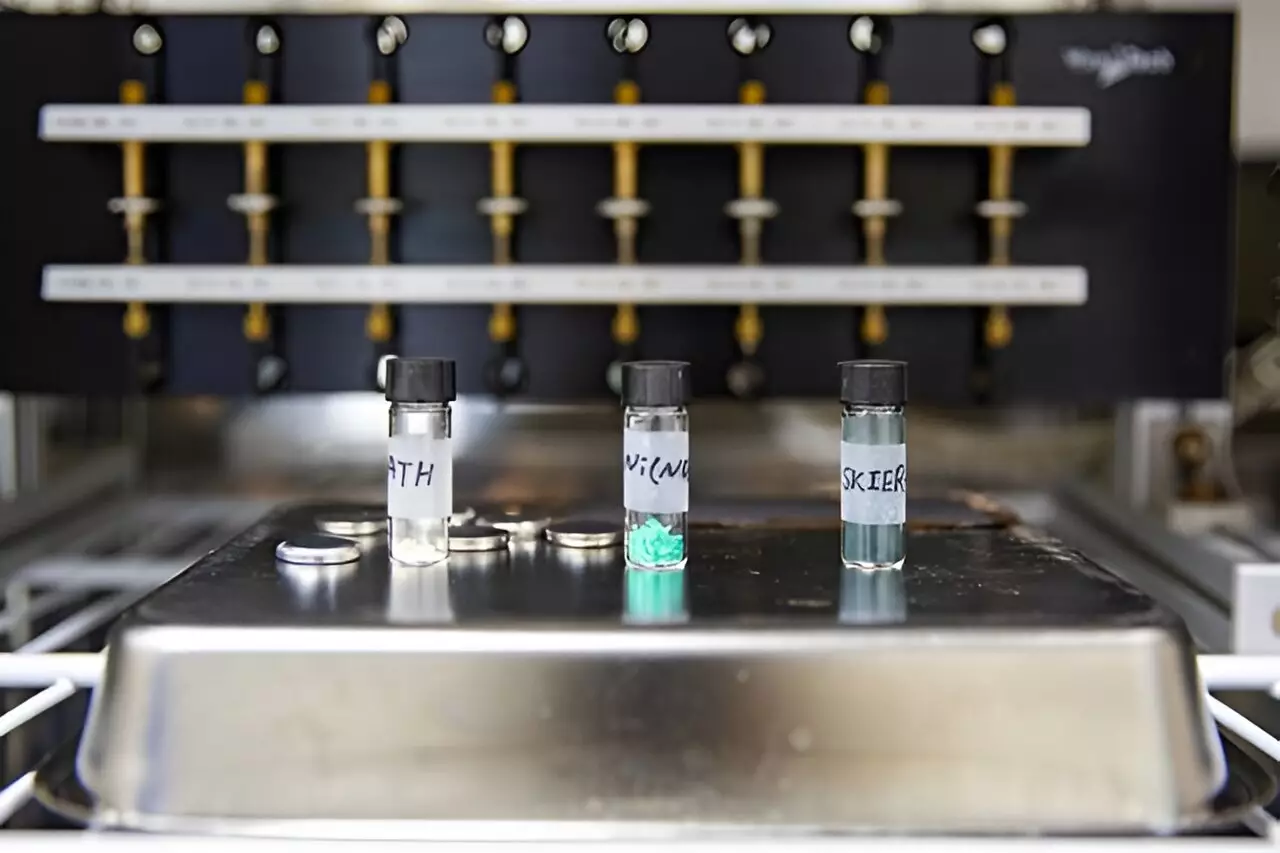Graphite has been the conventional material used for anodes in lithium-ion batteries due to its stability and low cost. However, its drawbacks become evident under freezing conditions, where storage capacity decreases significantly, and dendrites can form on the anode surface during charging. These issues can lead to thermal runaway and potential explosions. In response to these limitations, the Korea Institute of Energy Research (KIER) has developed a redox-active metal-organic hybrid electrode material, SKIER-5, which remains stable in cold conditions as low as minus 20 degrees Celsius.
SKIER-5 is assembled from a trianthrene-based organic ligand and nickel ions, creating a redox-active conductive metal-organic framework. This novel composition allows SKIER-5 to interact with Li ions, triggering redox reactions involving electron transfer. As a result, SKIER-5 achieves a discharge capacity five times higher than that of graphite in subzero environments. In fact, SKIER-5 surpassed graphite with a discharge capacity of 440 mAh/g, compared to the 375 mAh/g capacity of a graphite electrode at room temperature. Even more impressive is the fact that after 1,600 charge-discharge cycles, the capacity of SKIER-5 increased by approximately 1.5 times, reaching 600 mAh/g, a rare occurrence in battery materials.
One of the key advantages of SKIER-5 is its stable performance in low-temperature environments. At minus 20 degrees Celsius, SKIER-5 achieves a discharge capacity of 150 mAh/g, which is five times higher than that of graphite. The enhanced performance of SKIER-5 in cold conditions can be attributed to its lower minimum energy threshold for initiating chemical reactions compared to graphite. This characteristic allows SKIER-5 to maintain stable performance even when reaction rates typically decrease in low-temperature environments.
The operating principle of SKIER-5 was validated using high flux X-ray analysis at the Pohang Accelerator Laboratory and first-principles calculations based on quantum chemistry. The research team accurately predicted the theoretical capacity and reaction voltage of SKIER-5, confirming the origin of its excellent performance as a Li battery anode. With its exceptional discharge capacity, stability in cold conditions, and potential for increased storage, SKIER-5 has the potential to revolutionize the use of Li batteries in various applications, including electric vehicles, drones, and ultra-small electronic devices. The development of SKIER-5 represents a significant step forward in the field of battery materials and opens up new possibilities for the future of energy storage technology.


Leave a Reply